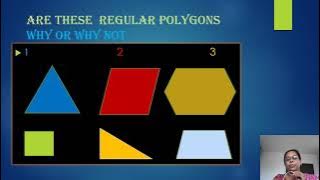Interpolation | Splines (mathematics) | Multivariate interpolation
Polyharmonic spline
In applied mathematics, polyharmonic splines are used for function approximation and data interpolation. They are very useful for interpolating and fitting scattered data in many dimensions. Special cases include thin plate splines and natural cubic splines in one dimension. (Wikipedia).




















